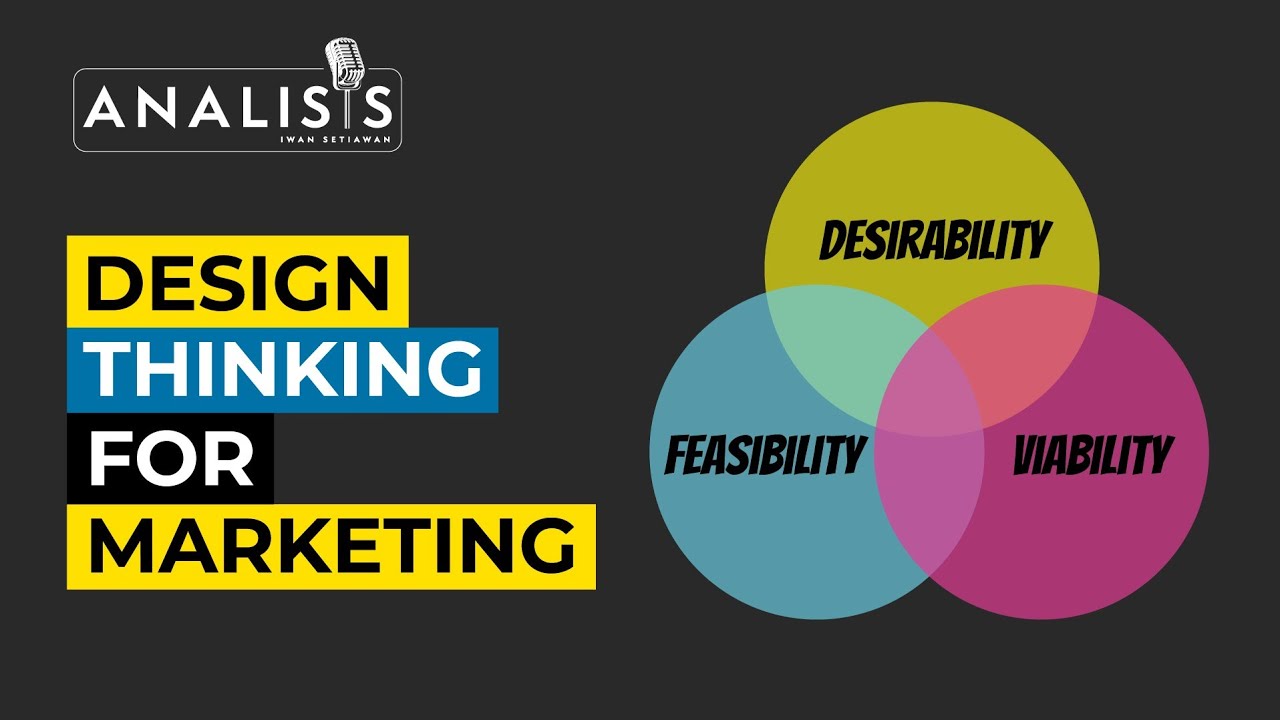Design Thinking and Innovation At Apple
Summary
TLDRThe Harvard Business Case 'Design Thinking and Innovation at Apple' explores Apple's journey to becoming the most valuable company, emphasizing its design thinking approach. It details how Apple starts with user needs, transcending technology limits to create products that resonate emotionally. The case also highlights Steve Jobs' return, streamlining operations, focusing on customer experience, and his role as the chief innovator. Apple's success is attributed to its principles, strategic execution, and bold experimentation, all centered around delivering exceptional products and services.
Takeaways
- 🏆 **Design Thinking**: Apple's success is attributed to its design thinking approach, focusing on user needs and emotional connections.
- 💡 **Innovation Driven**: Apple's design process starts with creativity and innovation, pushing engineers to simplify technology for user-friendly products.
- 🛠️ **Functionality Over Fashion**: Apple emphasizes functionality and technology capability in design, avoiding commoditization.
- 🔍 **Detail Orientation**: Every detail, from appearance to functionality and packaging, is scrutinized in Apple's design process.
- 🔑 **Simplicity is Sophistication**: Apple believes that simplicity in design is the ultimate form of sophistication.
- 👀 **Observation Leads to Innovation**: Apple encourages observation to drive innovation, as noted by the quote from Yogi Berra.
- 📉 **Market Share Decline and Recovery**: Apple's market share declined before Steve Jobs' return, which led to strategic changes and a focus on execution excellence.
- 🔄 **Streamlining Operations**: Post-1997, Apple streamlined its operations, reduced product lines, and adopted a platform strategy for product development.
- 🛒 **Customer-Centric Approach**: Apple integrates customer experience into product design, involving them iteratively in the development process.
- 🌟 **CEO as Chief Innovator**: Steve Jobs' leadership was integral to Apple's innovation, with a hands-on approach from strategy to packaging.
- 🚀 **Bold Experimentation**: Apple is not afraid of bold business experiments, embracing risks similar to great artists like Dylan, Picasso, and Newton.
Q & A
What is the significance of the year 2013 in the context of the Harvard Business Case on Apple?
-In 2013, the Harvard Business Case on Apple, titled 'Design Thinking and Innovation at Apple', won the BCCH case award, highlighting Apple's innovative practices and design thinking approach.
Who authored the Harvard Business Case on Apple?
-The case was authored by Harvard Business School professors Steven Pompey and independent researcher Barbara Feinberg.
What was Apple's market status in 2012 according to the case?
-In 2012, Apple became the most valuable publicly rated company in history with a $600 share price, a $620 billion market capitalization, and $100 billion in annual sales.
What does 'The Apple Way' refer to in the context of the case?
-The 'Apple Way' refers to the consistent approach Apple has taken to its operations, emphasizing design thinking, strategy, and execution as key to its success.
How did Apple's approach to design thinking differ from the norm in the 1970s?
-Apple's approach to design thinking in the 1970s was to create computers that were not just tools for specialists but accessible and emotionally appealing to individual users, which was a radical shift from the norm at the time.
What was the impact of Steve Jobs' return to Apple in 1997?
-Steve Jobs' return led to significant strategic changes, including stopping the licensing program, reducing new projects, streamlining the product line, launching a direct sales website, and focusing on sophisticated marketing and secrecy in product development.
How did Apple's product design philosophy evolve over time?
-Apple's product design philosophy evolved to focus on user desirability, technology possibility, and market viability, with an emphasis on simplicity and continuous innovation rather than a static approach.
What role did Steve Jobs play in Apple's innovation process?
-Steve Jobs was the chief innovator at Apple, driving for perfection and personally involved in every aspect from strategy to product and service design, embodying Apple's drive for beautiful, elegant products.
What was Apple's strategy for product development and customer experience?
-Apple's strategy involved integrating customer experience into product design and development, working closely with manufacturers to ensure products were attuned to customer needs, and keeping product development a secret until launch.
How did Apple approach business experimentation?
-Apple approached business experimentation with bold moves, such as opening retail stores with a focus on detail and developing its own hardware and software, despite conventional wisdom suggesting otherwise.
What principles were identified as the root of Apple's success?
-The principles identified as the root of Apple's success include a deep commitment to great products and services, design thinking, clear development strategy and execution, having the CEO as chief innovator, and the courage to conduct bold business experiments.
Outlines

This section is available to paid users only. Please upgrade to access this part.
Upgrade NowMindmap

This section is available to paid users only. Please upgrade to access this part.
Upgrade NowKeywords

This section is available to paid users only. Please upgrade to access this part.
Upgrade NowHighlights

This section is available to paid users only. Please upgrade to access this part.
Upgrade NowTranscripts

This section is available to paid users only. Please upgrade to access this part.
Upgrade NowBrowse More Related Video

How to design breakthrough inventions

Konflik dalam Rapat? Berkomunikasi dengan Pemikiran Desain saja.

Apple's Marketing Strategy (How To Become The Most Valuable Brand In The World)

What is the Apple Business Model?

Design Thinking for Business Innovation with Jeanne M Liedtka

Belajar Design Thinking dan Penerapan di Marketing - ANALISIS #49
5.0 / 5 (0 votes)